Who made the first photographs of the American West?
Solomon Nunes Carvalho was an American artist, photographer, and explorer. He was a Sephardic Jew. Born in 1815 in Charleston, South Carolina, Solomon became known for his skills in painting and daguerreotype photography. (Daguerreotype is the earliest form of photography. It makes a direct-positive image on a silver-coated plate.) In 1853, Carvalho joined a famous expedition into the American West led by John C. Fremont, a noted explorer and politician.
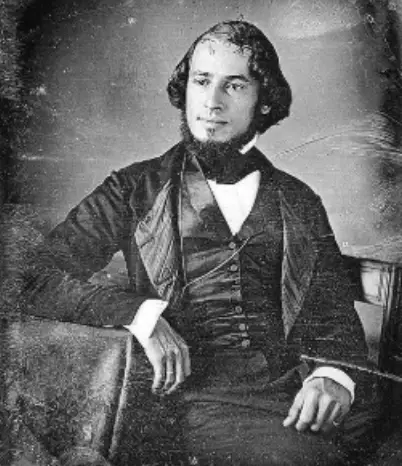
Wikimedia Commons
Fremont’s expedition wanted to find a route for a railroad through the Rocky Mountains to California. It was his fifth major expedition. He invited Carvalho to join the expedition as its photographer. Carvalho had little experience with harsh traveling conditions, but accepted the challenge. He was excited to document the journey with his photography skills.
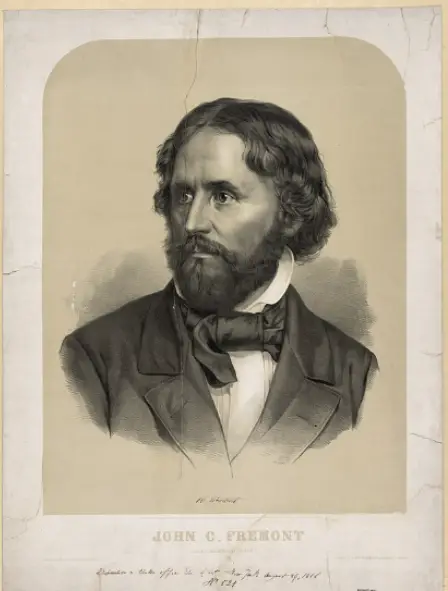
Lithograph – Crehan after Saintin
The expedition began in the fall of 1853. The group set out from St. Louis, Missouri, and headed west into the rugged terrain of the Rocky Mountains. Carvalho’s job was to take daguerreotypes to capture the landscape and document the expedition’s progress. His work was essential for promoting the idea of a transcontinental railroad, which was critical for the expansion of the United States. (Construction on the Transcontinental Railroad began in January 1863.)
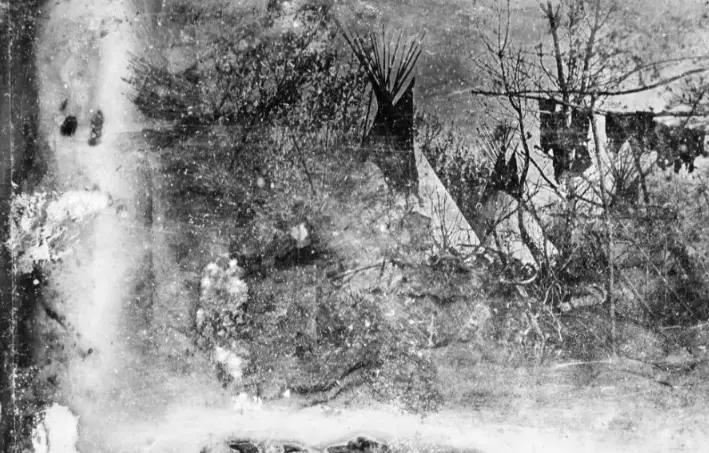
Daguerreotype – Solomon Nunes Carvalho
It was not long before the journey turned dangerous. The group encountered extreme weather, including blizzards and freezing temperatures. This made travel very difficult. Carvalho and the others suffered from frostbite, hunger, and exhaustion. At one point, their food supplies ran so low that in order to survive they had to kill and eat their horses.
Despite these challenges, Carvalho took numerous photographs and made sketches of the landscape, Native American tribes, and the expedition members. His work provided the earliest photographic records of the American West. Because photographic technology was still very new, many of Carvalho’s daguerreotypes did not survive the harsh conditions. Still, his sketches and written accounts of the expedition gave valuable insight into the experience.
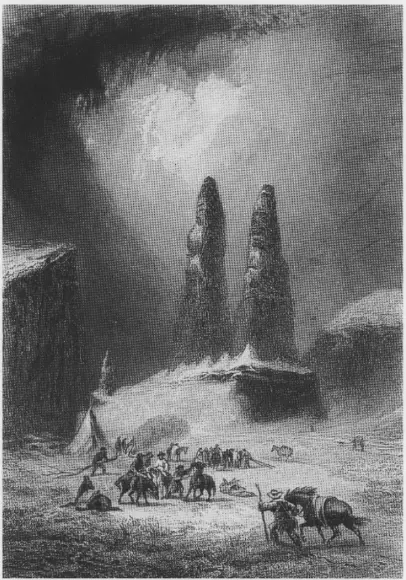
Sketch – Solomon Nunes Carvaldo
After months of struggling through the Rocky Mountains, the expedition eventually reached what is now Utah. Carvalho’s health was severely weakened by the journey. He had to leave the group in Parowan, Utah. He was cared for there by Mormon settlers. He spent several weeks recovering from frostbite and illness before returning to the East Coast.
Though Carvalho did not complete the entire journey, his contributions to the expedition were significant. His accounts of the expedition were later published in a book called “Incidents of Travel and Adventure in the Far West.” The book offered a rare glimpse into the difficulties of exploring the uncharted American West. It also highlighted the beauty of the landscapes and the cultures of Native American tribes.
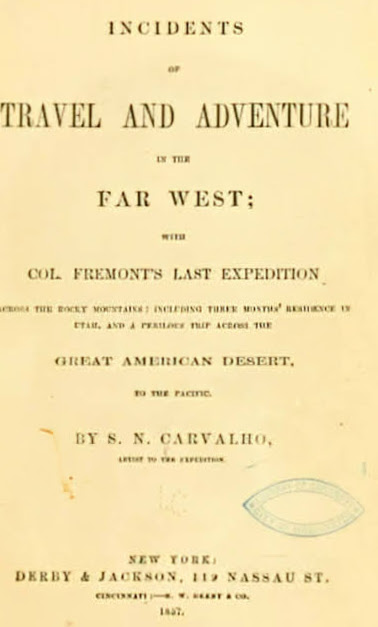
US Library of Congress
John C. Fremont’s expedition didn’t find the railroad route it was looking for. Still, the expedition did provide valuable information about the American West. Carvalho’s artistic work helped bring the West to life for people on the East Coast. Most Americans at the time had never seen the rugged beauty of that part of the country.
Carvalho’s journey with Fremont remains an important chapter in the history of American exploration. It showed the bravery and endurance of those who ventured into unknown territories. It showed the role photography could play in documenting America’s westward expansion. Solomon Nunes Carvalho was a brave and innovative American explorer.
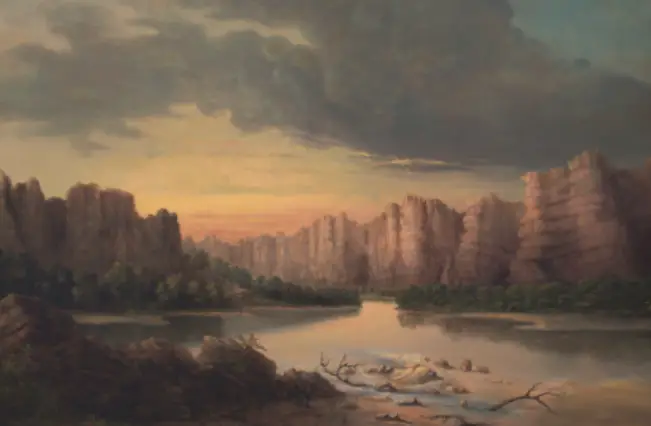
Solomon Nunes Carlvaho

